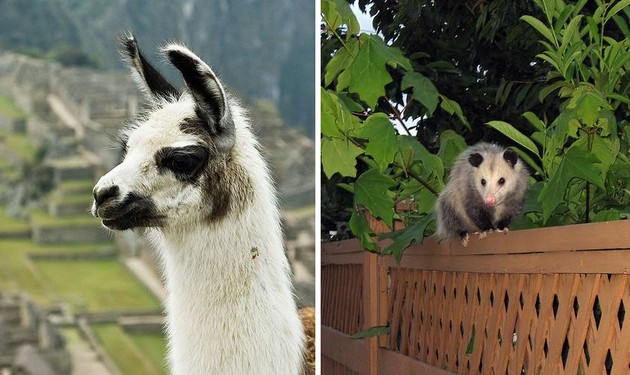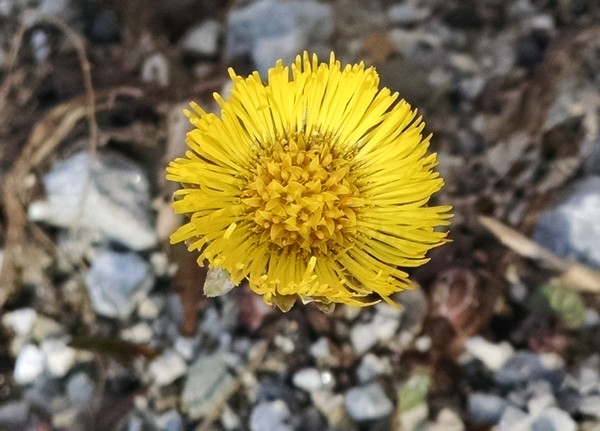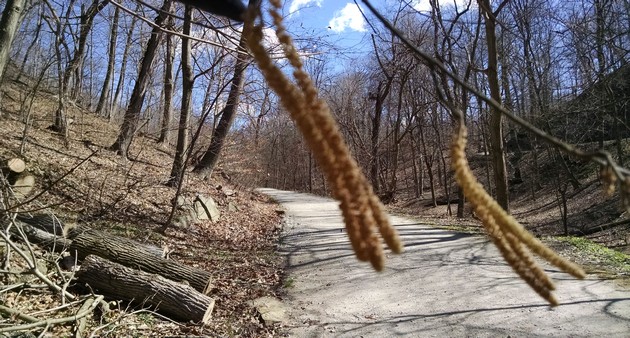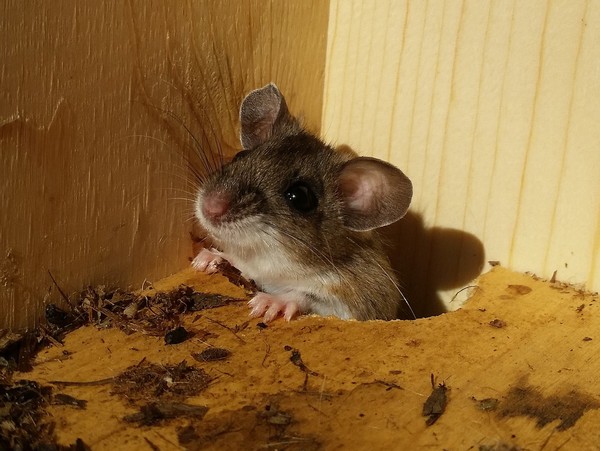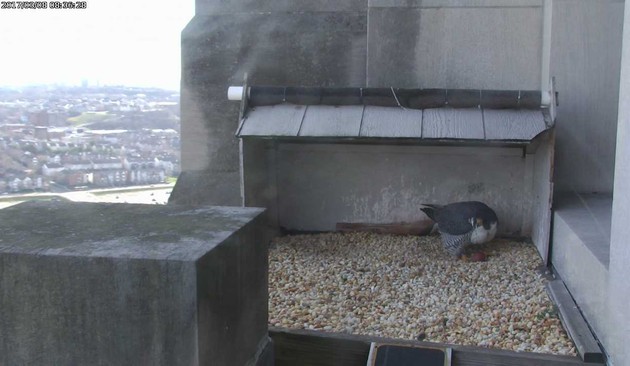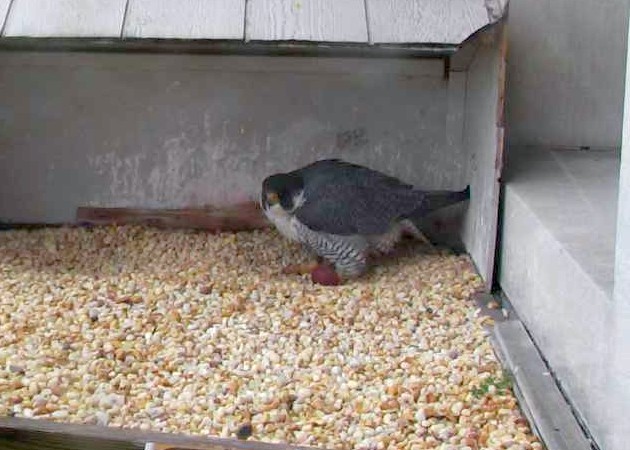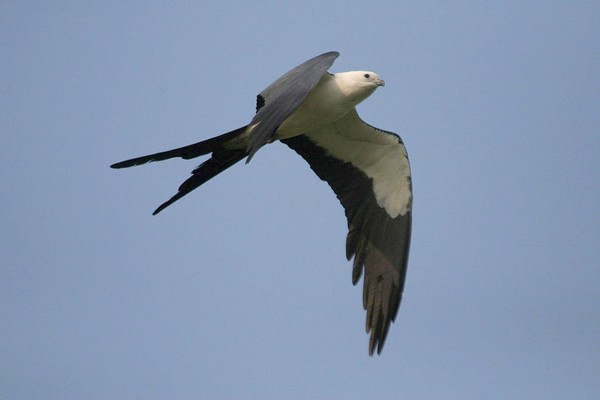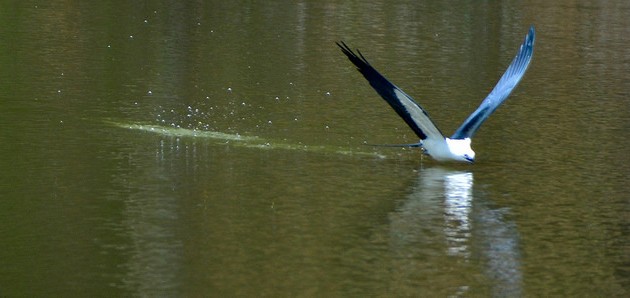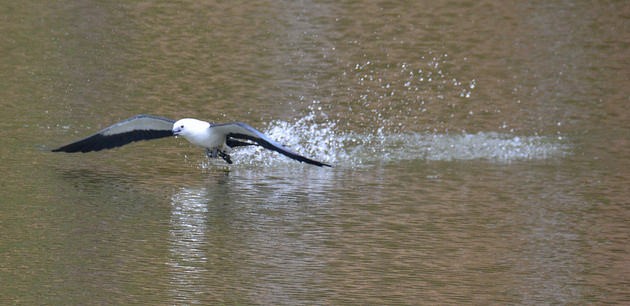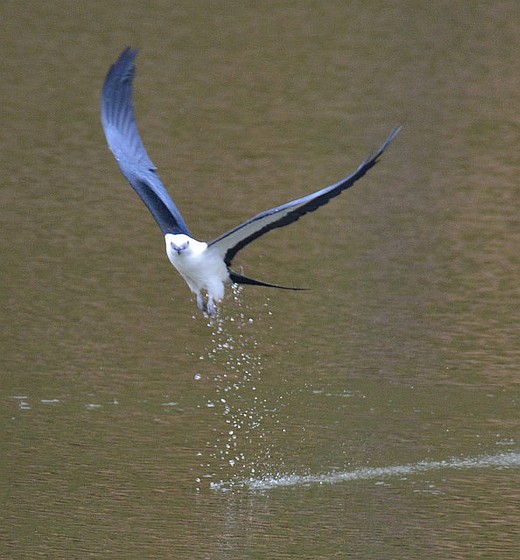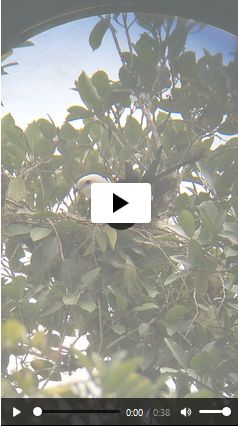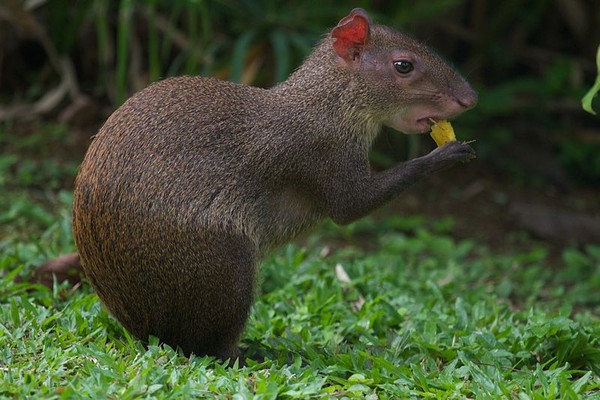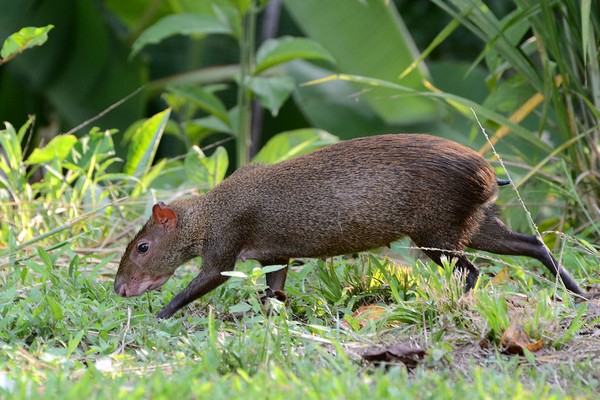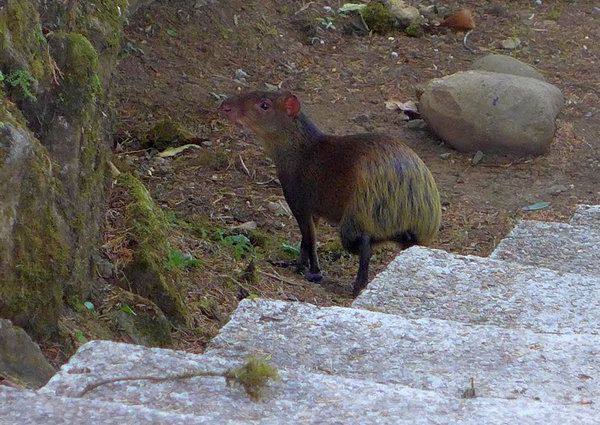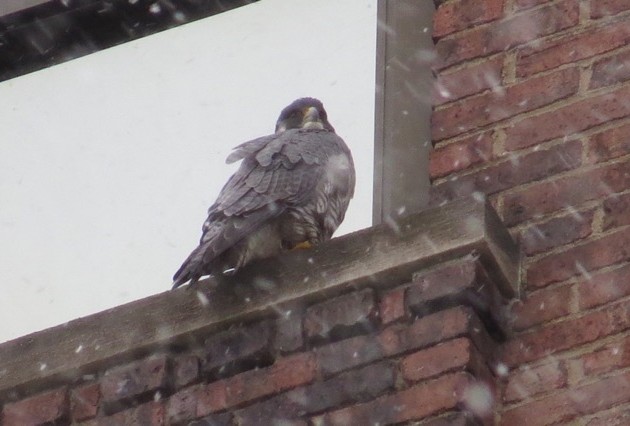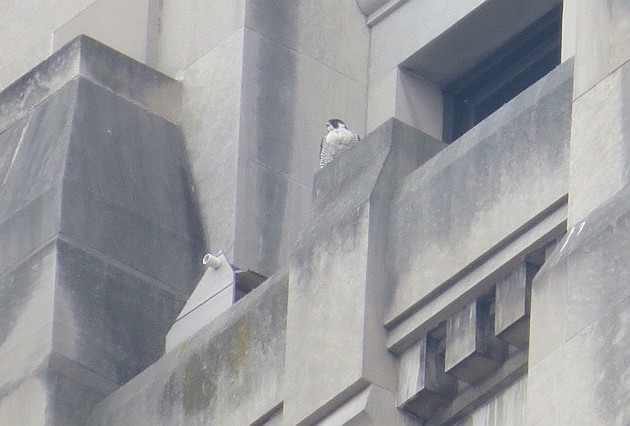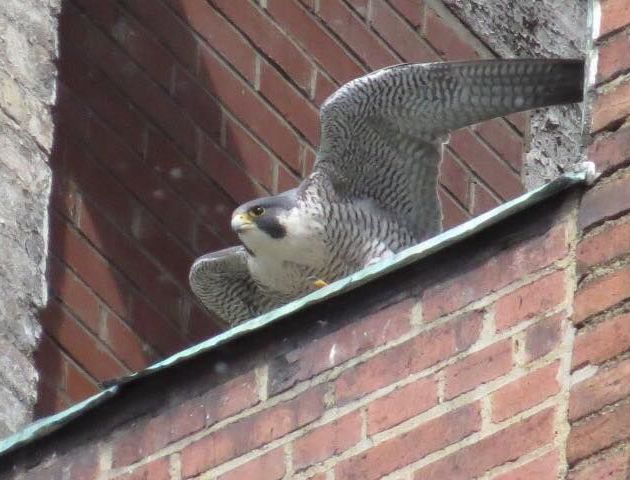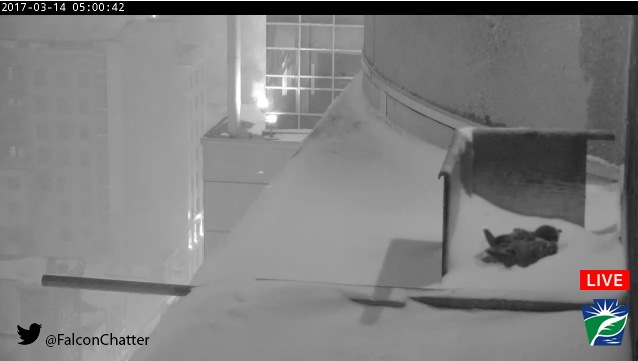
One of Pennsylvania’s peregrine falcon families has a big challenge today. They’re incubating three eggs in Harrisburg where the “Nor’easter” will bring 9 to 13 inches of snow and blustery winds until 10pm tonight.
Their nest is on a ledge of the Rachel Carson Building where four cameras provide live streams of their activity. Two snapshots taken before dawn show there was already a lot of snow at 6am. Below, a view from the closeup camera.
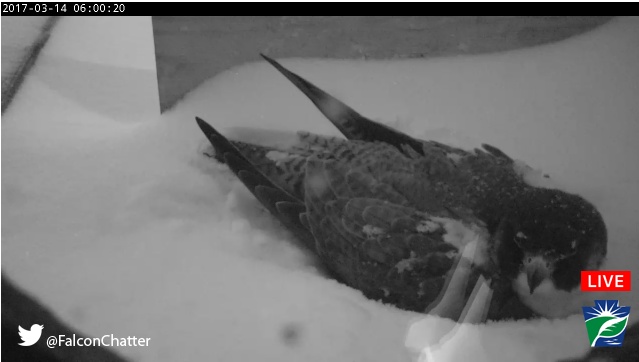
The situation looks awful to us but it’s all in a day’s work for peregrine falcons. Here’s why:
- Snow is a normal challenge during the nesting season. Peregrines lay eggs in late winter so that their young will hatch when food is plentiful during spring migration. There are many stories of successful peregrine nests after blizzards in the Snow Belt. Ask folks from Cleveland, Ohio and Rochester, New York about their peregrines!
- Feathers provide excellent insulation. These birds are wearing down “coats” underneath their smooth body feathers. Notice the unmelted snow on the female’s back. This is good!
- The brood patch (bare skin on their bellies) keeps the eggs quite warm.
During a brief respite in the snowfall, the female peregrine stood up at 6:25am. You can see that her body has kept the nest free of snow. Don’t worry, she was back on those eggs within 30 seconds!
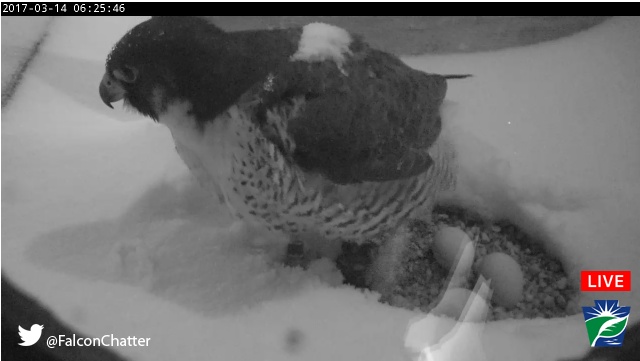
Click any one of the photos above to go directly to the Live PA Falcon Cam or click here for the complete website.
Meanwhile, here in Pittsburgh we have no snow at all.
(snapshots from the PA Falcon Cam in Harrisburg, Pennsylvania)
p.s. Why are the time stamps different on the Harrisburg cameras? The wide-angle PA Falcon Cam is on Eastern Standard Time (EST); the closeup camera is on Daylight Saving Time (EDT).
